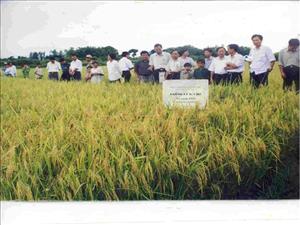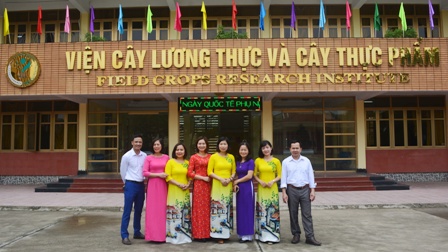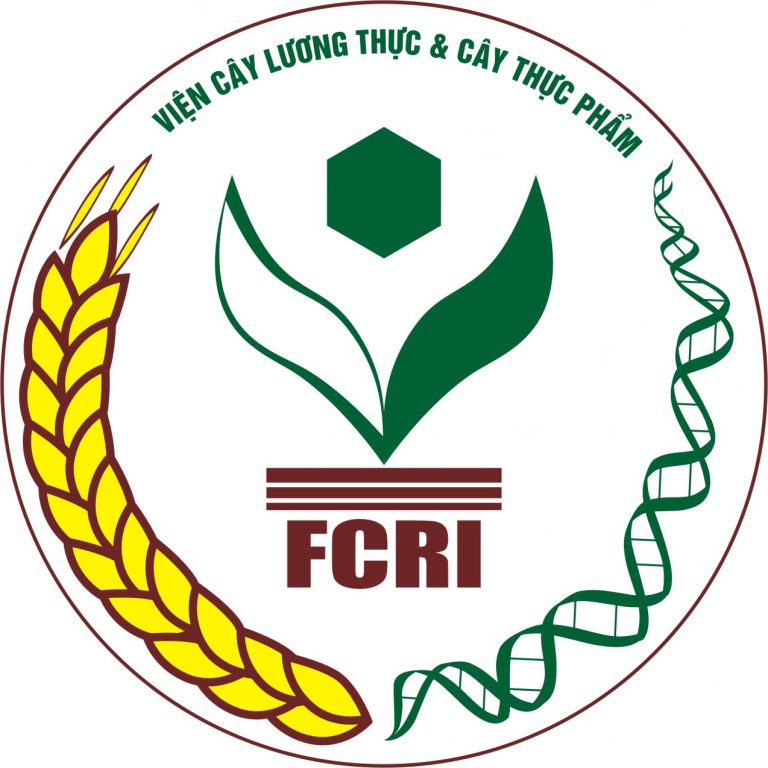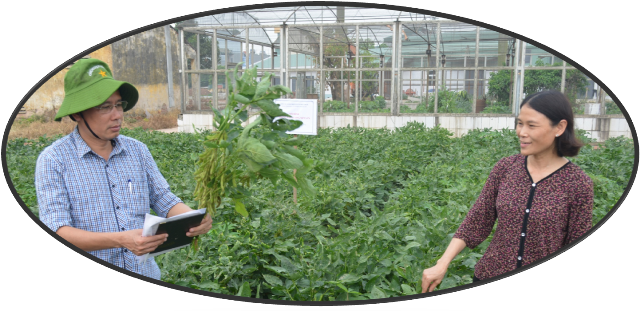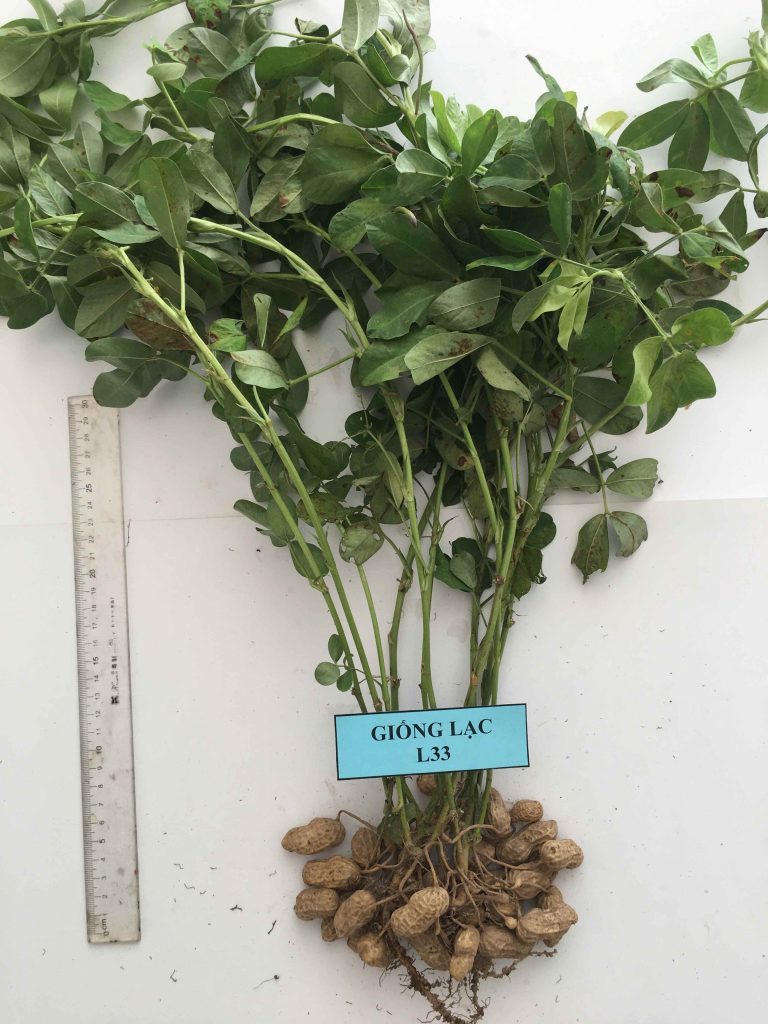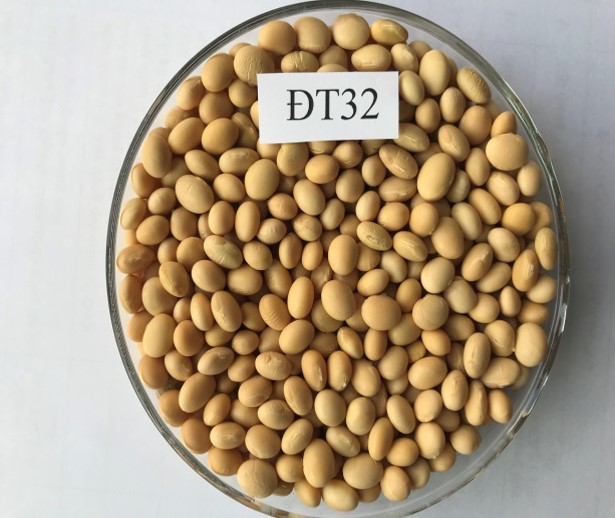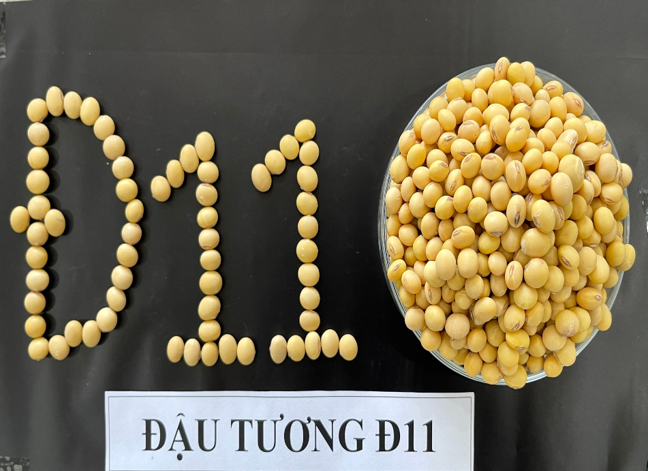CONSERVATION AGRICULTURE, A NEW TECHNOLOGY LINKING GENERATIONS
Key facts
Between 2012-2014, the Emergency and Resilience Programme (ERP) has invested more than US$5 million in support of 18,500 vulnerable farming households in Lesotho. ERP provides input support and capacity development on Conservation Agriculture, home gardening and nutrition targeting communities, lead farmers and extension services. The ERP is jointly implemented by the Food and Agriculture Organization (FAO) and the Ministry of Agriculture and Food Security (MAFS), and is funded by the United Kingdom Department For International Development (DFID), the European Commission’s Humanitarian Aid and Civil Protection department (ECHO), the Central Emergency Relief Fund (CERF), Belgium, the Office of US Foreign Disaster Assistance (OFDA) and Common Market for Eastern and Southern Africa (COMESA).
After adopting conservation agriculture technology, ‘Me Maphoka is ready to harvest the fruits of her success. ‘Me Maphoka Thaba is an energetic woman and guides us to her field with a fast pace. She is 71 years old and she is still an active farmer who feeds the three orphans living with her.
“I am taking care of my husband’s children, two 17-year old boy and girl twins and a 14-year old daughter.” The youngest attends primary school, one of the twins is in high school and the other attends a technical school of carpentry.
“I have always been anxious because I cannot produce enough food to feed my family for a whole year.” ‘Me Maphoka says. “The neighbours help me when I run short of food.”
Seeing the long, healthy looking maize crops next to which we are standing as she talks, this is hard to believe. ‘Me Maphoka explains that she decided for the first time in her life to change her agricultural practices and plant maize and beans following conservation agriculture (CA) principles: minimum soil disturbance, crop rotations and permanent soil cover.
‘Me Maphoka says that she saw CA being practiced in the neighbouring village of Naleli and was very impressed by the harvest coming from the fields. She enquired at Mahobong resource centre about CA and was encouraged to do it by the extension officers, who had been trained on conservation agriculture practices by the Emergency and Resilience Programme.
However, it was no easy feat to convince her 17-year old son, Poello, to adopt this new agricultural technique.
“I didn’t know what CA was”, he says. “I could not understand how the seeds would germinate when they were put in the basins.” Deep inside, ‘Me Maphoka also believes that her son was concerned about her health given the amount of work he thought digging basins would require.
Although faced with Poello’s resistance, ‘Me Maphoka was not discouraged. She decided to give her son part of her 0.4Ha-land, letting him plant the conventional way while she would go ahead with conservation agriculture techniques.
‘Me Maphoka and other farmers that benefitted from the FAO-MAFS ERP programme worked in a team and helped each other preparing the land, strengthening the social linkages in the community. The group of farmers is guided by the MAFS extension staff and the lead farmer Ntate Motseki who advises them on CA practices when they need complementing MAFS extension efforts.
And the results of ‘Me Maphoka’s determination and solomonic decision to split her land into two are more than evident now. After lines and lines of healthy maize, we get to Poello’s piece of land which looks fallow. Looking carefully, we notice that it is actually a field of scattered poor looking stalks of corn.
He confirms “My crops look poor, whereas my mother’s crops look good”. He adds “Now that I know more about CA, I am willing to improve my knowledge and I want to help my mother implement this technique on 100% of the land.” The young man wants to support the family to produce more and be able to sell some of the production.
‘Me Maphoka is extremely happy with the way she managed her field this year. “My children helped me a lot, especially for applying the fertilizer during the post-planting period,” she says. ‘Me Maphoka explains that she used to harvest around 60kg of maize using conventional farming but this year she expects over 400 kg.
Earlier in the season, as she was weeding – a good practice that can increase production up to 50% – people would come and watch her working her land. “Now they can see that I will harvest more and better quality crops than them.” she says proudly, hoping they will be convinced to join her in practicing CA.
Sustainable and integrated agriculture practices leading to increased resilience
ERP provides input support and capacity development on Conservation Agriculture, home gardening and nutrition targeting communities, lead farmers and extension services. To date, the program has invested more than US$ 5 million in support of over 18,500 households or 92,500 individuals coming from vulnerable farming households in Lesotho. The program has also trained over 530 extension staff, 600 lead farmers and local leaders and over 260 teachers from primary and secondary schools.
Additional financial support has been secured by COMESA to complete the distribution of cover crops among 7,500 families by the end of 2014 while additional funding is still required to expand capacity development activities.
Copy from: http://www.fao.org/in-action/conservation-agriculture-a-new-technology-linking-generations/en/


